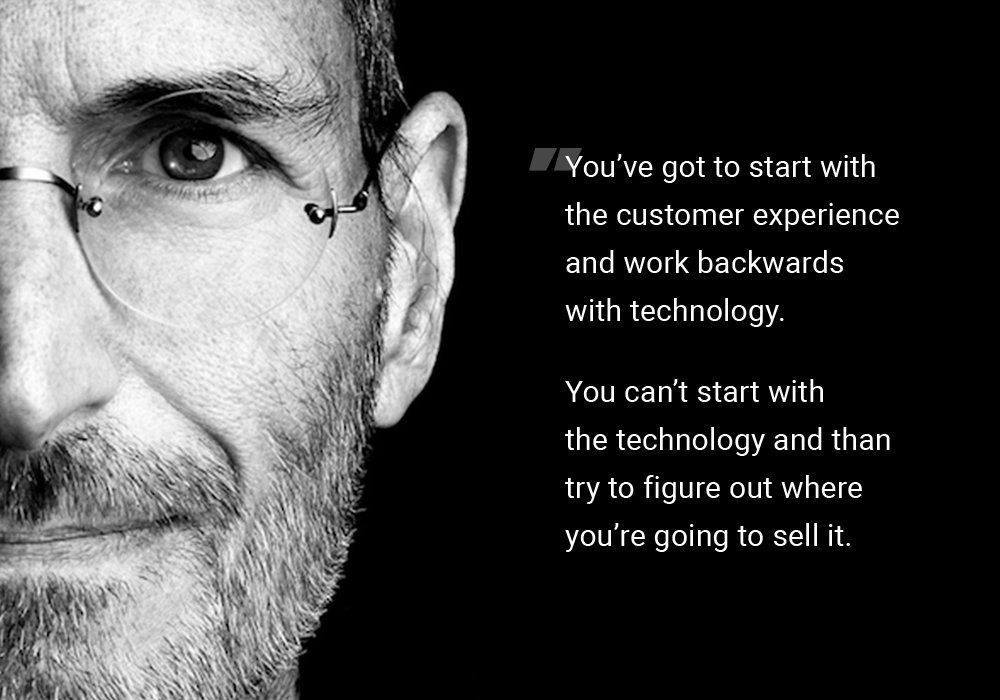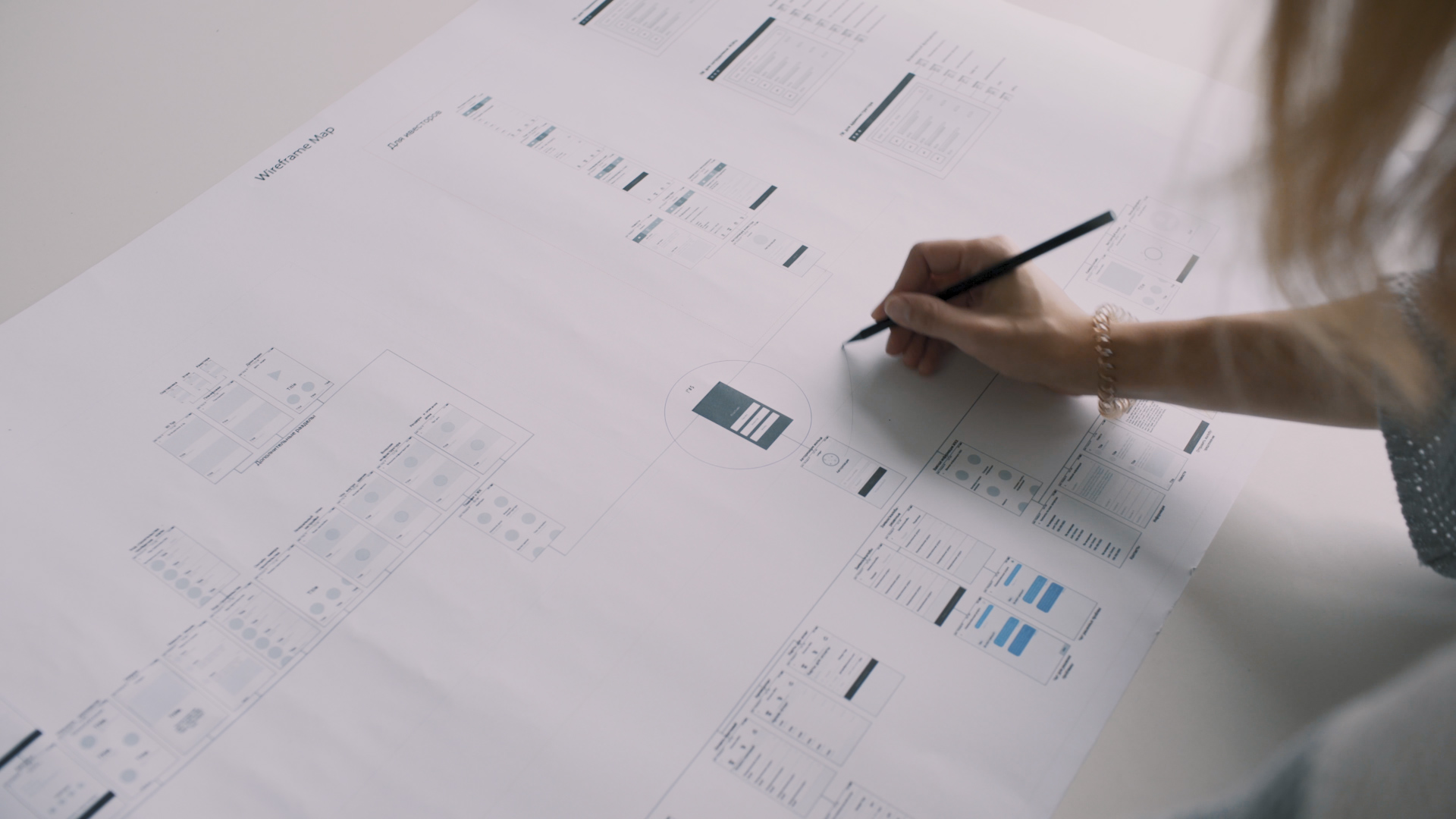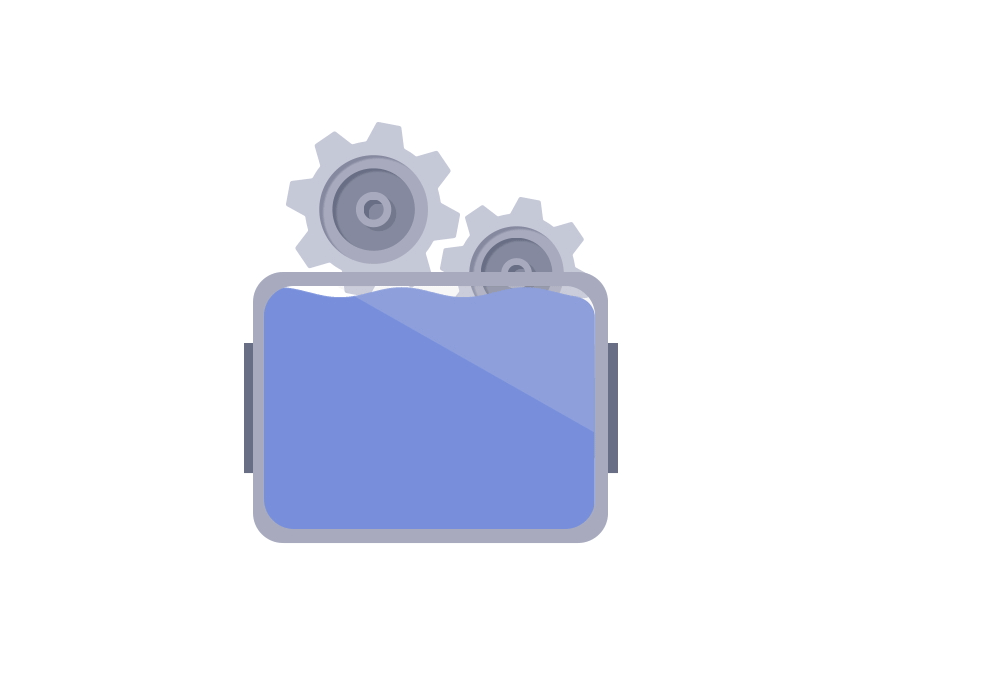Lots of interaction and UX designers have been practicing service design for years. But the thing is that service design is not a job of designers only, but any business itself. Applicable across the board in many business processes, it is vital you utilize the concept of service design at the very conception stage of your business. To save money. To make even more.
We made things simple for you – we visited a lecture by the expert. Margus has as much expertise on this obscure topic, as he even wrote a book. Just read on to find out.
We caught up with J.Margus Klaar, the author of the book “How to have your cake and eat it too” and partner of the Brand Manual, after he brilliantly presented the concept of Service Design to the crème de la crème of Kyiv design professionals on the “Design for Ukraine 2017” conference. The event was organized by EU-Eastern partnership culture and creativity programme and was nothing short of a dazzling success, allowing design experts to deep dive into the most recent trends in design while mixing with the best in the industry.
Remember those silly moments when you are trying entering the room but failing to open the doors from the first attempt? Pull or push? No idea. Even if this is the doors leading into my own office and I open it day by day, I get it wrong every single time. Bet, you know what I mean, as well as millions of people around the world. But it is not our fault, calms Don Norman.
Some things don’t work the way we expect them to work. That’s why we have this constant problem when we have to make decisions for using services and products that don’t make sense. Like the unclear-pull-or-push doors.
Service design is about making things work the way people expect them to work. So that there is no need to install a pull handle on the side of the door, which is naturally supposed to be pushed. There is no need to pave the walking path until the people living in the neighborhood didn’t show architects the routes used on a daily basis by the majority of people.
As services are a significant part of the economy, their design is as important and is even gaining bigger importance with time, than that of physical goods. If we think of it, more and more global Goliaths only offer services really as opposed to something tangible: Booking.com, Uber, Spotify, Facebook, TripAdvisor. No goods involved.
Governments, Institutions, NGOs are the other next major segment and focus for the service design. Voting systems, entity registrations, patenting, issuance of driving licenses – there are tens and hundreds of formal procedures that need to be digitalized with customer needs in mind. Unfortunately, most government services are not designed to solve a user problem, but rather to optimize an internal process - make it cheaper and faster for the staff, rather than faster and easier for the people using these services.
Just to illustrate, Government Digital Services in the UK saved massive 210 million GBP in 2014 alone by implementing the user-focused online experiences of governmental services as per Ben Terrett, the Director of GDS.
So Margus agrees with Steve on this one: if you want to produce the service, you’ve got to start with the user experience and work backward to the technology.

Do Not Guess – Test
In most cases, designers are creating products and services from their own perspective. We start the company as we think the customer will need this. And then we end up with something that really doesn’t work.
Way too many people – both amongst consumers and designers alike – perceive design purely as the concept catering to the aesthetics of things. However beautiful some things are – if reduced to mere beauty without customer-centered studies and thinking behind the product or service – they are rather art, not design.

Like the metallic spider-looking citrus juicer. As much as it is sleek and beautiful, it is also messy and impractical – the juice is everywhere else except where it should go. In the service design universe, well-designed things have to be all four:
ü Useable
ü Understandable
ü Distinctive
ü Aesthetic
While approaching the task of researching the customers’ needs and pains, BrandManual always looks to work with people and observe their behavior – as opposed to asking them questions about their hypothetical reactions and behavior. Once too many times they would persuasively fantasize about their reactions or desires in a specific scenario. But the reality check shows it could well be way too hypothetical.
Governments love surveys, companies love surveys. They create questionnaires and expect to get answers in a nice Excel sheet. Would you buy local food? Yes, of course, I would buy freshly sourced local groceries. But then the supermarket brings it on its shelves and nothing sells, as it tends to be more expensive than people expect. Voila!
Finally, to highlight the gravity of the issue and emphasize the weight of the service design thinking in the global economy, let's take a glimpse at some statistics: 80% of the surveyed companies believe they deliver a superior value proposition. 8% of their customers agree.

One. Tenth. Of. Customers. Agree.
Yep, quite some delivery gap. Actually, it’s not a gap. It’s a canyon.
Companies presume people need something, so they roll it out into the market, and then something goes wrong. But they don’t know why. They try to fix it by implementing corporate social responsibility program, or requesting a web agency for a re-design, failing to realize that people do not come to stores because of their cool logo. Their main factor influenced the customer decision is location and prices, in such a priority order.
“So this delivery gap really means, if you don’t watch your customer, check out their needs, but instead just talk to them, you are going to have this misconception, that you are really important. But you are really not.“
Margus advises to steal and test ideas from other industries. Most of the stuff he and his team are doing is discovering and testing solutions from different industries where there is a similar problem someone has already solved. It is stealing those ideas. And your customer will be happier if you improve the service in the way they do not expect.
Service design process step-by-step
How exactly to design services and products?
The whole process from going to discovering and delivering includes a lot of research. Margus points some of the tools the BrandManual team use, that are actually all good ol’ prototyping tools we at Vintage Web Production apply for every project. The customer journey map is just one way of documenting research.
Team. First of all, we put together a team of people that have different opinions and different experience. Context. Then, we try to define the context which the service is delivered.
Timeframe. There has to be a timeframe: is a year, a week, or 15 sec.
User Personas. We also develop user personas that are very emotional rather than technical.
Customer journey map. Based on this, the team develops something called a hypothetical customer journey map. This is just a framework for understanding the context of these personas within the given timeframe: it asks the question how this service is supposed to work for them. Here we can find out where the real problems are, get some fairly clear ideas of how to address the problems that people are facing. Quite often, that helps up to come up with even better solutions.
Prototyping. Then, we start building wireframes, prototypes and business models. There are lots of tools involved. It can be low fidelity and high fidelity prototyping, templates, interactive wireframes. But we love the simplicity - a pencil and paper.

Focus on Delivering
The key to creating a good, marketable product or service is to actually find out customers needs before you start doing anything. If we look at fundamentals of good experience, it is important to look at it as a whole – to consider a system altogether right away. This is fundamental to service design – to look at the system from beginning to end from user need to user satisfaction, not just the moment of transaction.
If you look at where the value is created from the user’s perspective, you will find that the service provided is never equal service received or product bought. We do not get any value at a time of a physical purchase, say, when exchanging a hamburger for a dollar. The value comes later after it has been eaten. Before that we just spent money.
This is where you have to focus on delivering. If we look at the customer journey from the new perspective, we will see it as a completely new way of thinking - instead of thinking what we deliver, we start thinking what the customer gets. We will see that the customer journey is much longer than it can look like. It’s about people from both sides.

The need for milk starts when you’ve just made your morning coffee and found out that there is no milk in the fridge. So you put on your jeans and drag your sleepy body to the store to buy a gallon, back to your still steaming cup of black liquid and enjoy your latte. The point is that the moment of transaction in the store - physically picking up the milk and paying for it - is just a fraction of the whole customer journey. From the need to satisfaction.
Implementing strategic design to a business implies coming to the understanding that the customer experience is the only advantage that needs to be improved. There is not much difference in the quality of boots, smartphones, furniture, or cars. The difference is in the customer experience: whether your product or service fits their lifestyle and satisfies their needs. If you have two coffee shops on the same street, and each sells the exact sorts of coffee for the same price, service design is what makes you walk into one and not the other.
Why hire a Service Design-minded web agency?
“Our biggest job is actually not doing service design for business but teaching companies to do service design.“
There is a very good reason for this. Understanding your customer, being able to react to real customer behavior, and improving their experience is not something that you actually want to buy. This is something you want to be able to do yourself. Service design is strategic skills. By simplifying the methods of delivering service or product and user experience, businesses can increase brand loyalty, decrease cost, and improve marketing.
Margus advises any company, from small restaurants and gas stations to luxury brands, to understand that strategic design, design thinking, design methodology, service design are something they have to learn and start using. By using service design as a method to look at what customers do, we make things easy, we make the world straight, by default we make people happier.
Financially, this is a no-brainer. $1 invested into design gives you back $10 overtimes. There is no reason not to do that.

It also makes companies better clients. If you have no idea what you buy, it is really hard to judge what you are getting. That’s why it’s important to educate your clients first.
And this is why the companies, that have adopted service design, accepted it as part of their brand strategy and further as part of their marketing vision are now becoming the ones who enjoy the leading growth positions, the lower marketing costs as benefiting from word of mouth, the better customer loyalty, and brand recognition.
Does your company apply service design, design thinking, or human-centered design? What do you think about these concepts? Please, feel free to comment and share your experience. I would love to hear your thoughts.
Cheers! =)

View Comments